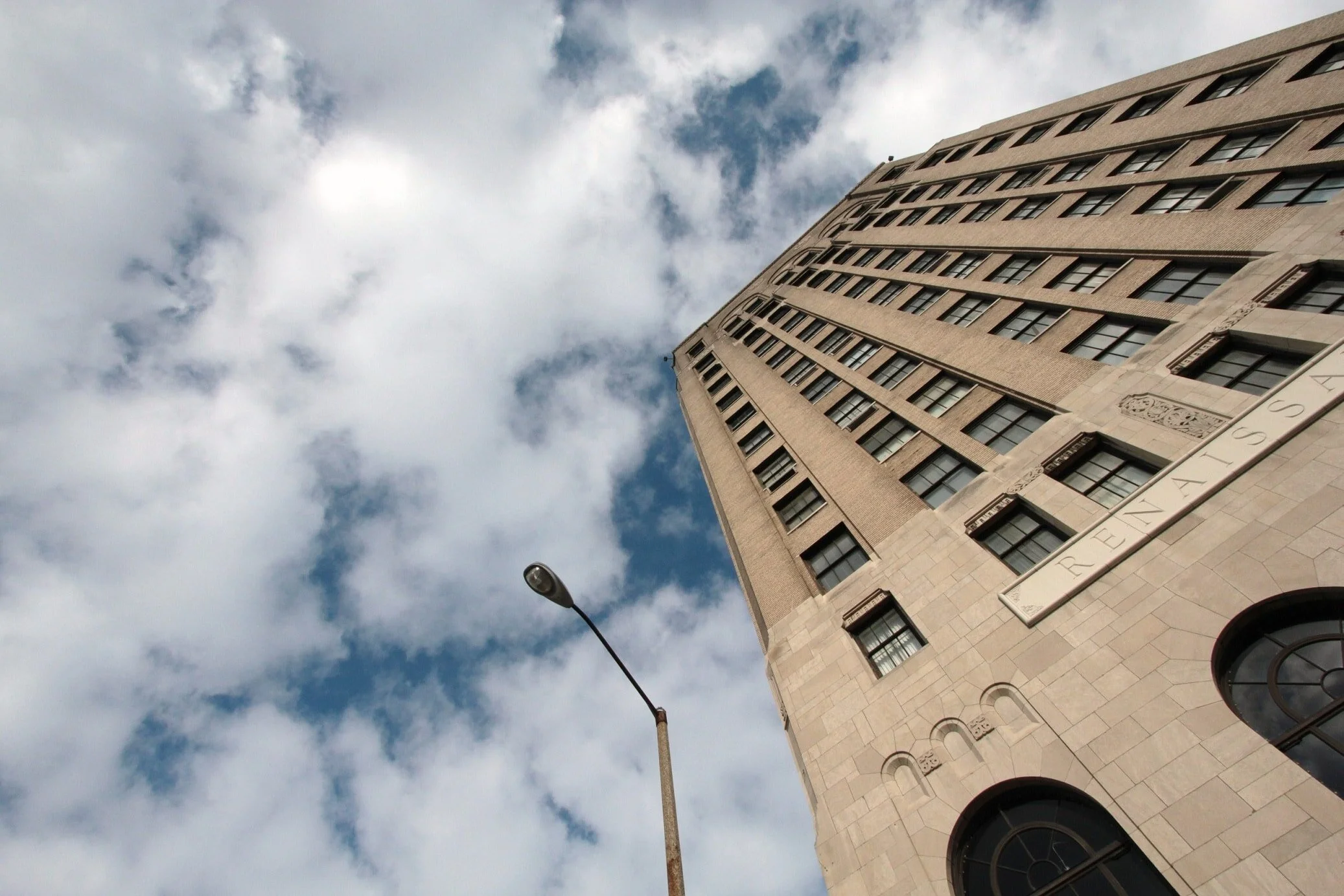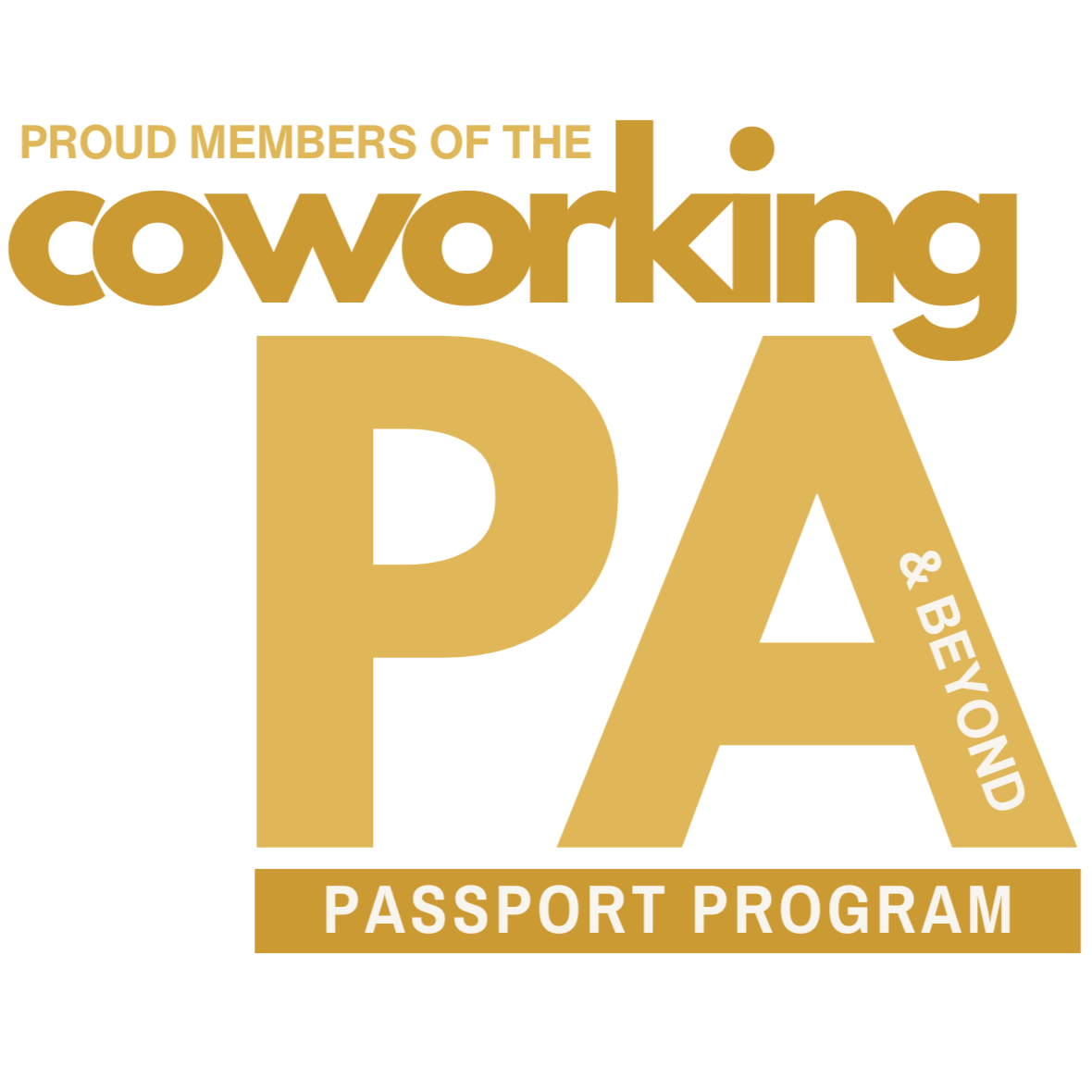Coworking and Erie’s Renaissance
/By: Bill Scholz
In cities like Erie, especially those hit hard by Rust Belt decline, many are wondering how millennials will step up to shape their cities. What society will they create? After all, it is the millennial generation who had an important hand in Internet culture as we know it including social media, transparency, and freedom of information. As the millennial generation takes the reigns, we are applying these ethics of the digital to revitalize our communities. We are re-thinking work and office space to support the lives and cities we want to build, lives abundant in creativity, cooperation, and openness.
For millennials, stepping into the global economy is daunting. It requires an expert and niche knowledge that is usually technical in nature. Millennials are often asked to create their jobs as entrepreneurs or as contractors.
Coworking is a respite for these types of workers who may feel as if they are floating, barely managing to stay above water in the global macroeconomic. At the very least, there is a community of individuals who may possess complimentary knowledge or are struggling through the same challenges … perhaps together. In this regard, a Coworking space is a place of safety, a shelter that supports the creator’s well-being.
A Brief History of Coworking
Coworking is a trend in major cities and the idea is simple. Knock down the walls that divide us, the walls that separate ideamakers from market creators and movers and shakers. Bring the creators, entrepreneurs, and community organizers together. Make office space affordable so we aren’t spending all of our times at home as telecommuters. Make the space more valuable by using space to facilitate community.
As those with new ideas and a passion for bring them to life come together, a culture forms. These cultures have depth in thought, a culture that legitimizes new ideas and nurtures failure. Coworking facilitates this culture, whether it is a gritty, do it yourself maker ethos, or aesthetics that inspire new ideas such as carefully placed contemporary art. Coworking empowers the space as a platform or a distribution point for other local creators to showcase their production … for ideas to spread, for knowledge and information to be exchanged.
Rather than treat office space as something we consume, millennials see it as an opportunity to transform the communities we live in. We seek a space that inspires our work. In a knowledge or innovation based economy, connectivity is key.
Enter Coworking
Currently there are thousands of coworking spaces scattered through more than 80 countries. There are coworking conferences on most continents. There are networks of coworking facilities that allow digital nomads to access a coworking office on their travels.
But despite the beautiful aesthetics and superior coffee coworking spaces provide, community has always been at the core of the concept. The word coworking was coined by Bernard De Koven to articulate people working together as equals. As De Koven writes:
For the most part, people don’t work together as equals, especially not in the business world where they are graded and isolated, categorized and shuffled into a hierarchy that separates them by rank and salary level; creating, for the majority of employees, an indelibly competitive relationship which, even when they find themselves members of the same team, is rife with distrust, duplicity and often downright sabotage.
The genius of what became the Coworking Movement was to create an entirely different approach to “working together as equals.” … The environment they created was also designed to allow coworkers to work together, as equals. But separately – each working on their own projects, pursuing their own, separate business interests. In this way, people were free to help each other without worrying about competitive pressures. And the result was productivity, community, and, surprisingly often, deeply shared fun.
The history of the early coworking spaces vary. The earliest started in the 90’s, but there has been an explosion of spaces formed since the end of the 2000’s. The early spaces tell a unique origin story. Some were formed as collectives of telecommuters and independents who were looking for a more productive environment than their spare bedroom. Some were formed by charismatic entrepreneurs who saw co-location as a path to community development or to subsidize their own office space. Other spaces were started by companies seeking to cash in on real estate ownership.
The value these early coworking pioneers found was a model for office space that fits the creative and innovation based economy. The shared experience of navigating the complexity and uncertainty of the new economy provides value. It is sympathetic during challenging times, it is fun when you need to wind down, it is encyclopedic, when you are in need of technical advice.
To telecommuters, independents, and creatives, coworking is a valuable proposition.
Coworking and Erie’s Renaissance
The story of Radius CoWork’s origins on the ninth floor of the Renaissance Centre exemplify the narrative that millennials are seeking to create. Radius CoWork successfully entered the Renaissance Centre’s competition for free office space. Many individuals in the initial group were working independently to build a coworking space in Erie, but lacked the resources to do so independently.
The Renaissance Centre provided the trust and opportunity to let a mostly unproven bunch of millennials deploy an otherwise unheard of business model in Erie. The competition is symbolic of the feeling that many young people are beginning to have in Erie – that a core leadership is providing young people with the voice and opportunity to build Erie into an open, cooperative, and innovative community.
Thanks to the Renaissance Centre, Erie’s first coworking facility opened and the 9th floor is filled with young people who are working late nights, who are putting in the tireless effort to build digital and creative businesses in Erie. While we are eager to take measured risks, the spirit that is forming is that its OK to take those risks and fail. It is OK to possess an ambition as long as it is wielded with follow through and accountability. It is OK to spark change.
Erie’s Urban Core
The connected and global economy can be a double-edged sword. On one hand, the digitally connected, global economy allows for somebody from Erie to make a living working remotely at an established company. On the other hand, this breeds a hyper-competitive economy as employees or businesses are competing with individuals and firms from all over the world. If Erie is not on the forefront of providing millennials with the culture and resources they need to compete globally, these millennials will leave. It won’t take them particularly long to make this decision and they’ll make it without much nostalgia. Blame hyper-competitiveness and mobility.
Millennial creatives, entrepreneurs, and contractors work day and night, typically pay for their own health insurance, and do not have pensions. We benefit substantially from the cost savings and time efficiencies of being able to walk or bike to work and live close to both work and play. Does Erie support a downtown that is walkable and liveable?
At the heart of Radius is a group of people who are taking risk to to build one small element of a downtown ecosystem that provides cost efficiencies and quality of life to those at on the front lines of the global and digital economy, those Robin Hoods who are looking to win resources for Erie in the form of wages and market-share.
Radius is patient capital and tireless, selfless work, a labor of love to its founding members and the building in which it resides.



